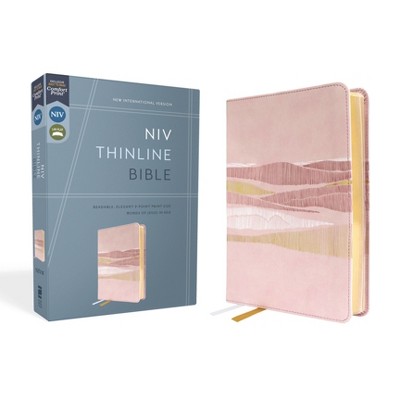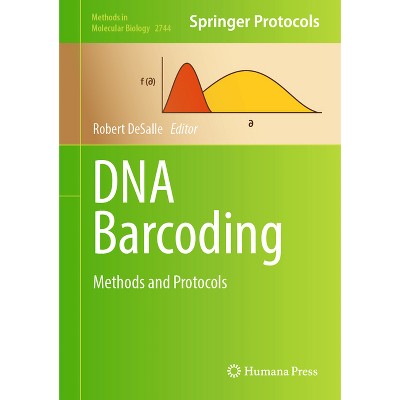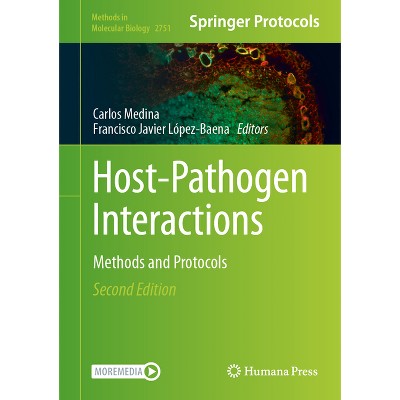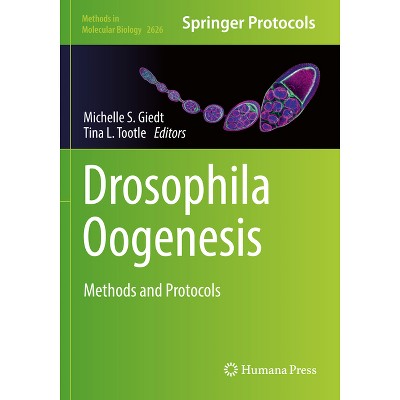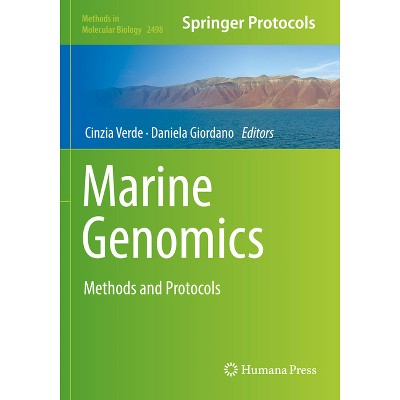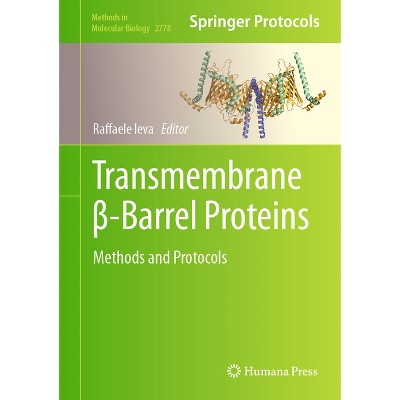About this item
Highlights
- 1.
- Author(s): Victor Muñoz
- 419 Pages
- Science, Life Sciences
- Series Name: Methods in Molecular Biology
Description
Book Synopsis
1. Mutational Analysis of Protein Folding Transition States: Phi-valuesLuis Alberto Campos
2. Engineered Metal-Binding Sites to Probe Protein Folding Transition States: Psi Analysis
Michael Baxa, Tobin R. Sosnick
3. Site-Specific Interrogation of Protein Structure and Stability
Debopreeti Mukherjee, Ismail A. Ahmed, and Feng Gai
4. Purification and Handling of the Chaperonin GroEL
Xiang Ye
5. -Folding free energy surfaces from Differential Scanning Calorimetry
Jose M. Sanchez-Ruiz and Beatriz Ibarra-Molero
6. Fast Folding Kinetics using Nanosecond Laser-Induced Temperature Jump Methods
Michele Cerminara
7. Measurement of Submillisecond Protein Folding using Trp Fluorescence and Photochemical Oxidation
David Witalka and Lisa J. Lapidus
8. Native State Hydrogen Exchange-Mass Spectrometry Methods to Probe Protein Folding and Unfolding
Pooja Malhotra and Jayant B. Udgaonkar
9. Multi-Probe Equilibrium Analysis of Gradual (Un)Folding Processes
Ginka S. Kubelka and Jan Kubelka
10. Nmr Analysis Of Protein Folding Interaction Networks
Eva de Alba
11. NMR Relaxation Dispersion Methods for the Structural and Dynamic Analysis of Quickly Interconverting, Low-Populated Conformational Sub-States
V. N. Sivanandam, Nicola D'Amelio, and Victor Muñoz
12. Native State Hydrogen Exchange-Mass Spectrometry Methods to Probe Protein Folding and Unfolding
Pooja Malhotra and Jayant B. Udgaonkar
13. Single-Molecule Fluorescence Spectroscopy Approaches for Probing Fast Biomolecular Dynamics and Interactions
Zifan Wang, Nivin Mothi, and Victor Muñoz
14. Theory and Analysis of Single-Molecule FRET experiments
Irina V. Gopich and Hoi Sung Chung
15. Mechanochemical Evolution Of Disulfide Bonds In Proteins
Jörg Schönfelder, Alvaro Alonso-Caballero, and Raul Perez-Jimenez
16. Coarse-Grained Simulations of Protein Folding: Bridging Theory and Experiments
Vinícius G. Contessoto, Vinícius M. Oliveira, and Vitor B. P. Leite
17. Analysis of Molecular Dynamics Simulations of Protein Folding
Robert B. Best
18. Atomistic Simulations of Thermal Unfolding
Angel E Garcia
19. Molecular Simulations of Intrinsically Disordered Proteins and their Binding Mechanisms
Xiakun Chu, Suhani Nagpal, and Victor Muñoz
20. Prediction of Folding and Unfolding Rates of Proteins with Simple Models
David De Sancho and Victor Munoz
21. Predicting and Simulating Mutational Effects on Protein Folding Kinetics
Athi N. Naganathan
22. Localization of Energetic Frustration in ProteinsA. Brenda Guzovsky, Nicholas P. Schafer, Peter G. Wolynes, and Diego U. Ferreiro
23. Modeling the Structure, Dynamics, and Transformations of Proteins with the UNRES Force Field
Adam K. Sieradzan, Cezary Czaplewski, P awel Krupa, Magdalena A. Mozolewska, Agnieszka Karczyńska, Agnieszka Lipska, Emilia A. Lubecka, Ewa Golaś, Tomasz Wirecki, Mariusz Makowski, Stanislaw Oldziej, and Adam LiwoFrom the Back Cover
This volume provides comprehensive protocols on experimental and computational methods that are used to study probe protein folding reactions and mechanisms. Chapters divided into five parts detail protein engineering, protein chemistry, experimental approaches to investigate the thermodynamics and kinetics of protein folding transitions, probe protein folding at the single molecule, analysis and interpretation of computer simulations, procedures and tools for the prediction of protein folding properties. Written in the format of the highly successful Methods in Molecular Biology series, each chapter includes an introduction to the topic, lists necessary materials and reagents, includes tips on troubleshooting and known pitfalls, and step-by-step, readily reproducible protocols.
Authoritative and cutting-edge, Protein Folding: Methods and Protocols aims to be a useful practical guide to researches to help further their study in this field.
Shipping details
Return details
Trending Non-Fiction





